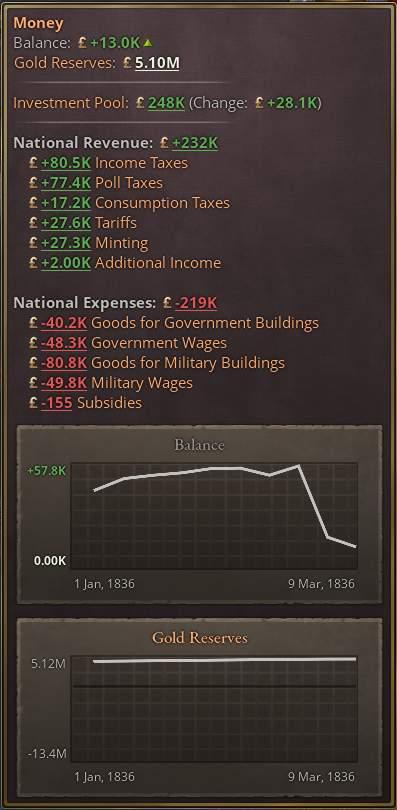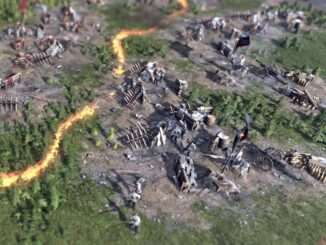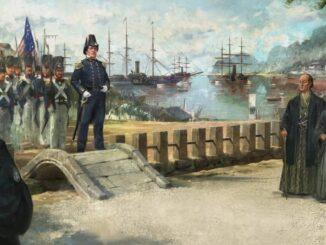
Guide to Treasury

Overview of the weekly treasury balance.
In Victoria 3, there is no such thing as a lump sum cost. Instead, the treasury keeps track of the country’s assets on a weekly basis. At the end of every in-game week, the country’s income and expenses are tallied up and the result is then applied to the gold reserve or national credit. This also means that all forms of expenses, such as construction, also work on a weekly basis — there is no need to any “on hand” cash to start construction of a dozen buildings at once, but if there isn’t revenue to support it, the country may find itself quickly going into debt.
Gold Reserve
The gold reserve is the country’s national stockpile of cash. If there is no debt then any money that is left over in the weekly budget after expenses are subtracted is used to increase the gold reserve. Similarly, if the expenses exceed the income, then money is taken out of the gold reserve to balance the books.
Gold reserve limit
Each country has a gold reserve Limit, which is a “soft-cap” over which each surplus pound has diminishing returns on the gold reserve. For example, if a country has an enormous stockpile of gold, a surplus of Hud money.png £10k may only increase the stockpile by as little as £2k, meaning that the rest of the money has been wasted. Hence, a country that finds its gold reserves filling up may want to consider finding a way to reinvest some of that money to avoid such wastage.
Credit
If the gold reserve has been tapped then each pound spent in excess of the country’s income will result in automatically taking on debt. That debt is a domestic loan which is taken against the national credit — the sum of all domestic cash reserves in the country (which in itself is a percentage of a all the buildings positive weekly balance) plus a base value determined by gross domestic product.
While this may sound like something that should be avoided at all costs, that isn’t necessarily true. Although the player is required to pay interest on their loans, with interest rates being relatively low (and as long as the credit limit is being avoided), growing the economy through deficit spending can be a valid strategy. This can happen mainly because the increase in revenue from minting and taxation may end up exceeding the interest payments, not to mention the benefits from constructing new industries can have for the population.
Credit limit
The total size of loans the treasury has accrued, not including the interest on them, is called the principal. If the principal exceeds the credit limit (aka debt ceiling) then the country will go into default. This is a terrible state to be in and can only be recovered from if the player managed to slash the country’s expenses enough to put the weekly expenses back in the black (or if another country steps in and takes on the player’s debt, which can have its own undesirable outcomes).
It’s possible to simply declare bankruptcy, but because the money being borrowed is actually the cash reserves of the country’s buildings, this will have immensely negative consequences on the domestic industry.
Income and Expenditure
There are many forms of income and expenditures. Some of which (taxes and salaries, specifically) also have a “level” setting for the player to pick. For example, the player may chose to squeeze more taxes out of its population at the cost of reduced legitimacy and increased radicalization.
Income examples
Main types of income are:
- Minting – All countries can generate some cash flow by printing or casting new currency in relation to their GDP. Minting provides all countries with some income — particularly those who have domestic gold fields — but is in itself insufficient for funding anything but the most minimalist of governments.
- Income taxes – A form of taxation collected on income, where a certain % of the wages paid to workers in buildings is paid to the government.
- Poll taxes – A form of per-capita taxation where a fixed sum of money is collected on each member of the workforce. Poll taxes are very regressive since they collect the same amount regardless of income.
- Land taxes – A special type of poll taxes that are only collected on certain types of pops, such as peasants.
- Consumption taxes – A tax that is levied directly on a specific good that is consumed by pops. Levying consumption taxes costs authority.
- Dividend taxes – A tax that is applied to dividends paid to pops with an ownership stake in a building. Tends to be a very progressive form of taxation, as usually only well-to-do pops have ownership of buildings.
- Tariffs – Tariffs are a tax put on profits made from goods being exported from the player’s market.
Expense examples
Main types of expenses are:
- Government wages – The salary cost of employing pops in government buildings. For example, government administrations and ports.
- Government goods – The material costs for the government buildings. he paper needed by government administrations.
- Military wages – The salary costs of pops serving in the army and navy.
- Military goods – The various goods needed by the army and navy. For example, as small arms for barracks.
- Subsidies – The cost of subsidizing specific buildings to ensure they remain competitive.
- Interest – The cost of making interest payments on the country’s loans, if there have any.
- Construction – The cost of constructing new buildings, both in goods required for the method of construction and wages paid to pops working in the construction industry.





Be the first to comment